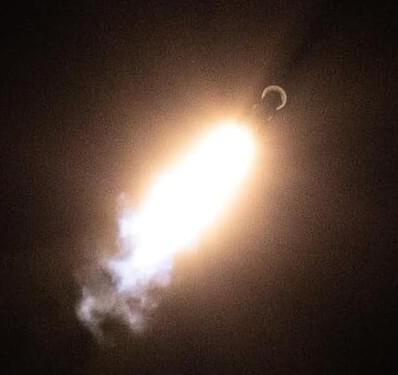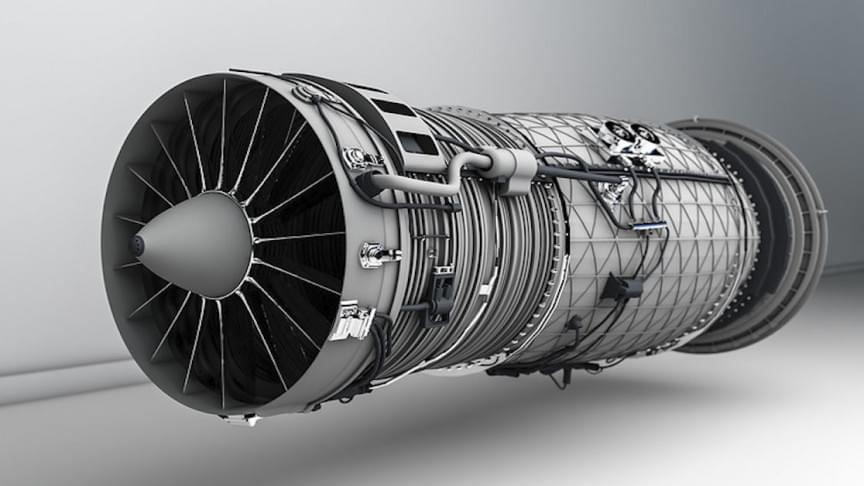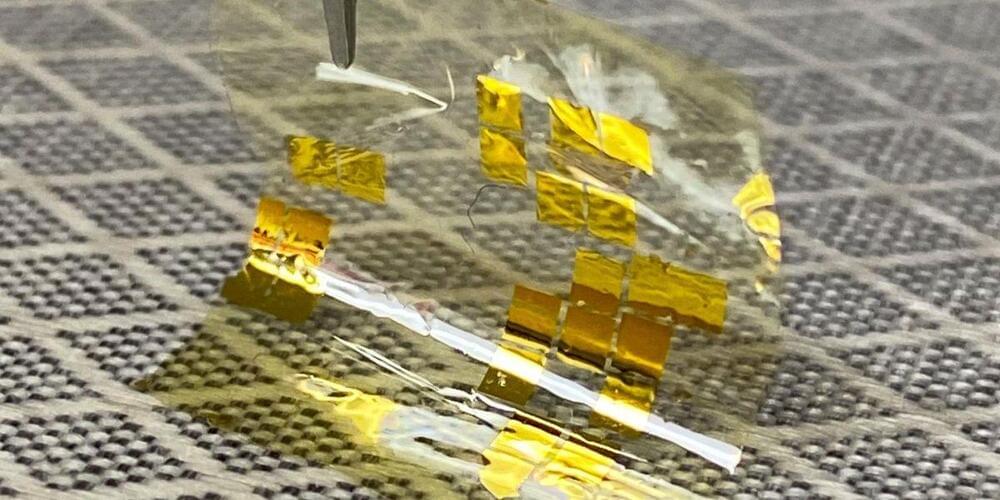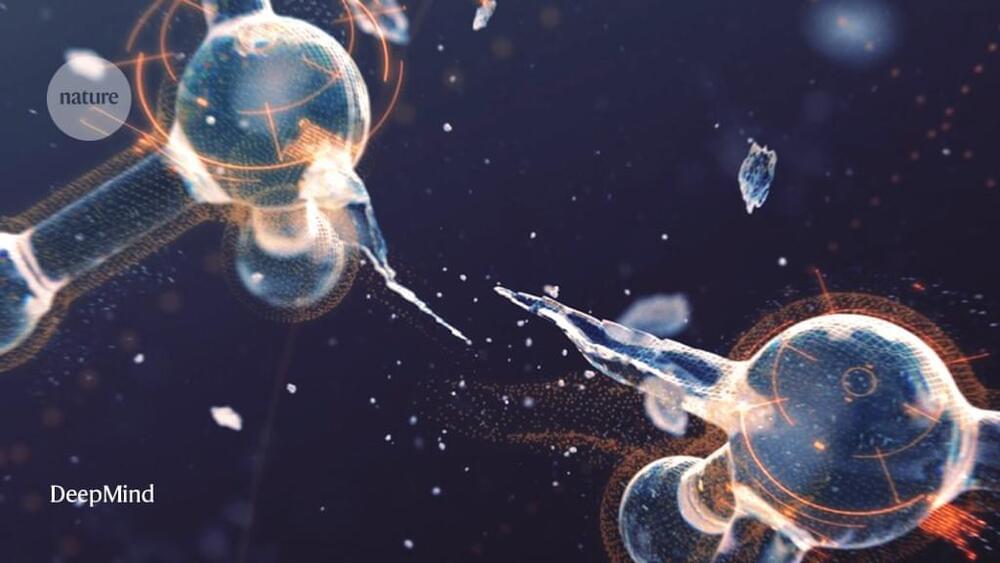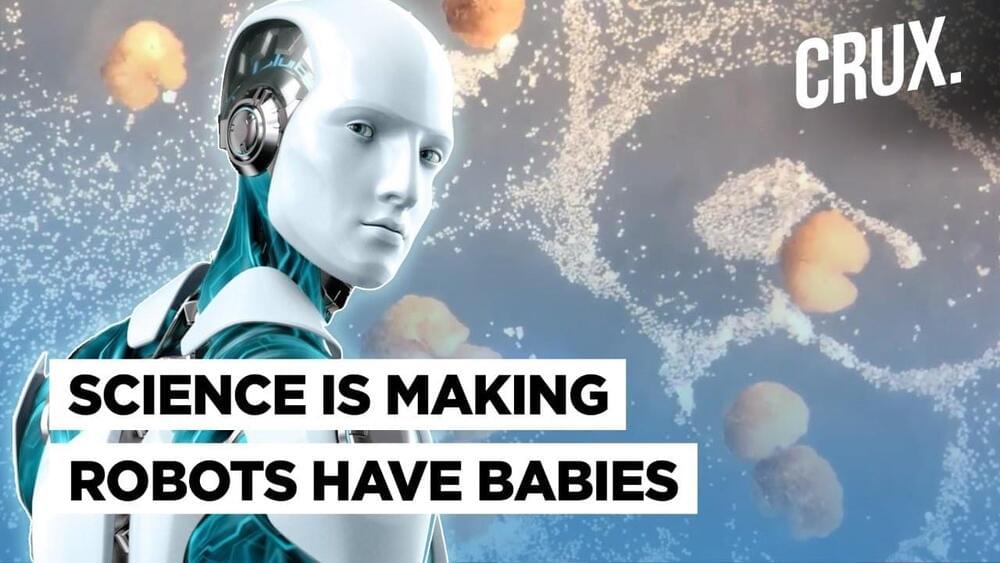Sony files a patent that could transform how PlayStation games track ‘disruptive behavior’ with a proactive automated system.
If you missed this episode live, here is another chance for you to watch! Please share with your network so others can enjoy. Please follow The Mars Society and visit our website at marssociety.org for more content and updates. #mars #space #stem #redplanetlive
We’re sending a new pair of X-ray eyes into the universe!
NASA’s Imaging X-ray Polarimetry Explorer (IXPE) is our first satellite dedicated to measuring the polarization of X-rays. Polarized light is made up of electric fields that vibrate in a single direction—and IXPE’s state-of-the-art X-ray vision will help scientists study the spin of black holes, the magnetic fields of pulsars, and other cosmic phenomena.
IXPE is targeted to launch at 1:00 a.m. EST, Dec. 9 (06:00 UTC), aboard a SpaceX Falcon 9 rocket from NASA’s Kennedy Space Center in Florida.
Learn more about the mission at: http://www.nasa.gov/ixpe
China is now making every effort to gain silicon independence. According to the plan of the ruling party, by 2025 at least 70% of chips in Chinese products should be local production. A special role in achieving this goal is assigned to Semiconductor Manufacturing International Corp (SMIC), which is actively developing advanced technologies in the production of semiconductor products.
We talk a lot about electric cars, and it’s evident that engineers are working toward fossil fuel alternatives for our land-based travel. But what about airplanes? In 2019, 18.27 billion gallons of fuel were used by planes. That’s far from carbon-neutral.
Soon though, we could feel less guilty about flying. A team of researchers has created a prototype jet engine that’s able to propel itself forward using only electricity. Their study was published in AIP Advances in May 2020.
Synthesia, a startup using AI to create synthetic videos, is walking a fine, but thus far prosperous, line between being creepy and being pretty freakin’ cool.
Today, it announced the close of a $50 million Series B funding round led by Kleiner Perkins, with participation from GV and existing investors Firstmark Capital, LDV Capital, Seedcamp and MMC Ventures.
Synthesia allows anyone to turn text or a slide deck presentation into a video, complete with a talking avatar. Customers can leverage existing avatars, created from the performance of actors, or create their own in minutes by uploading some video. Users also can upload a recording of their voice, which can be transformed to say just about anything under the sun.
Engineers have made bendable solar cells from ultra thin semiconductors—which for all their elasticity still boast a power-per-weight ratio on par with established thin-film solar cells.
The tech-themed Beyond Expo saw hundreds of mainland tech investors and executives cross the border to discuss their visions for Macau.
Published: 10:00pm, 3 Dec, 2021.
The DeepMind team has made probably the most ambitious attempt yet to deploy AI to calculate electron density, the end result of DFT calculations. “It’s sort of the ideal problem for machine learning: you know the answer, but not the formula you want to apply,” says Aron Cohen, a theoretical chemist who has long worked on DFT and who is now at DeepMind.
A team led by scientists at the London-based artificial-intelligence company DeepMind has developed a machine-learning model that suggests a molecule’s characteristics by predicting the distribution of electrons within it. The approach, described in the 10 December issue of Science1, can calculate the properties of some molecules more accurately than existing techniques.
“To make it as accurate as they have done is a feat,” says Anatole von Lilienfeld, a materials scientist at the University of Vienna.
The paper is “a solid piece of work”, says Katarzyna Pernal, a computational chemist at Lodz University of Technology in Poland. But she adds that the machine-learning model has a long way to go before it can be useful for computational chemists.
I wonder how many iterations of “kinematic reproduction” would result in sentience.
Artificial Intelligence has made a landmark achievement by creating robots that can reproduce. US scientists who created the first living robots claim they can now reproduce on their own. Scientists now claim the discovery is a new form of biological reproduction that was not known to science yet. Experts say the parent robot and its babies, called Xenobots, are entirely biological.
#Xenobots. #LivingRobots. #ArtificialIntelligence.


